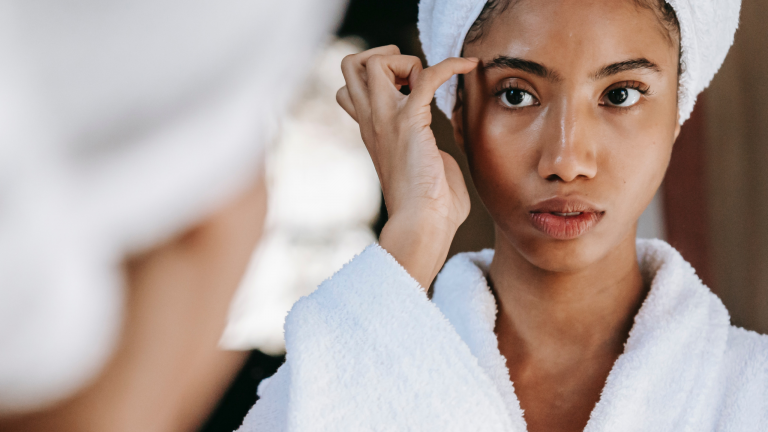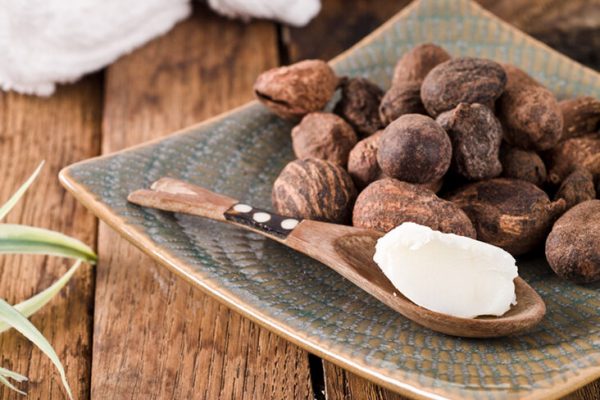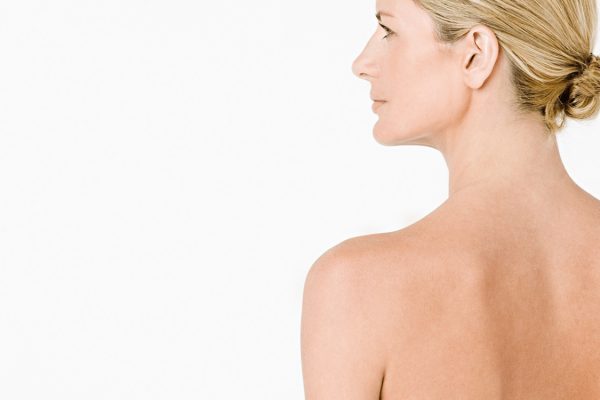Kojic acid is a component produced from different types of fungi and a by-product of fermented soy sauce and rice wine.
The benefits of using this component in cosmetics are numerous and this is why it is formulated in many creams, lotions, serums, etc., and why it has now superseded other acids that were widely used until now.
What is kojic acid used for?
We will see, later and in more detail, that the main use of kojic acid in cosmetics is as an anti-stain. But it also has other important uses:
- On scars: Kojic acid can reduce the dark pigmentation associated with certain types of scars and thus make them less visible.
- In ageing and as anti-ageing thanks to its antioxidant effect.
- Softens the skin due to its light exfoliating action.
- In fungal and bacterial infections thanks to its antifungal and antibacterial power stain application
Kojic acid is a great depigmenting agent and almost essential in cosmetics for any anti-spot product. It is used in age spots, sun spots and also to reduce melasma (darkening of the skin due to pregnancy) thanks to its mechanism of inhibition of the enzyme tyrosinase, responsible for producing melanin. So it lightens and unifies the skin tone.
Addition, another advantage is that it is not photosensitive. In other words, it does not stain the skin when exposed to the sun, but care must be taken since by reducing the production of melanin, the natural protection against the sun is lost and it would be necessary to use a photo protector.
How does kojic acid act on skin blemishes?
This ingredient has become a trend in different cosmetic formulations because it is a whitening agent. Its effectiveness in treating skin dyschromia is beyond doubt. As we have already indicated, among its benefits it stands out that it lightens the skin evenly. Also, thanks to its antibiotic effect, it helps to eliminate scars and lesions in the dermis caused by acne. It was concluded that kojic acid had a depigmenting action by looking at the white skin of the hands of workers making rice liquor in Japan.
How do kojic acid treatments work?
The active ingredient blocks melanogenesis and tyrosinase due to copper chelation. Similarly, it reduces the amount of eumelanin in pigmented cells. As a consequence, kojic acid is used to treat hyperpigmentation. In addition to its main ability as a whitening agent, it is also a great antioxidant. Therefore, it can counteract the effects of free radicals that cause oxidative damage to skin cells. In this way, the most obvious signs of ageing can be prevented, which are generated by the damage to the cells that produce the structural proteins of the skin.
On the other hand, some dermatologists bet on this active ingredient at moderate concentrations to address the consequences and defects of acne, since its origin is usually a bacterial infection in the pores of your skin. Being an antibacterial agent, it also interferes with the processes carried out by bacteria to grow and reproduce; which causes his death.
The best creams with kojic acid
If you have sensitive skin, we do not recommend using kojic acid daily. It will be enough to apply it a couple of times a week until you verify that you can do it every day without having an adverse reaction.
This active ingredient is included in numerous serums, masks, creams, facial soaps and scrubs. Its proportion is usually between 1 and 4%, although it is not recommended to use a concentration greater than 2%. If your skin is very sensitive, stick to the 1%.
The consequences of using a higher proportion than those mentioned are irritations, contact dermatitis or reddening of the skin. It is important that, if you use kojic acid, also apply sunscreen daily, although this acid is not photosensitive and you will not get stains from its use and exposure to the sun.
We recommend that you buy products with kojic acid and apply it at night, either on the blemish or on the entire face. Thus, you will be able to reduce the production of melanin. The results of the asset are observed in the metabolism of the melanocyte. That is why it is recommended to use it before bed to reduce the intensity of the stain.



